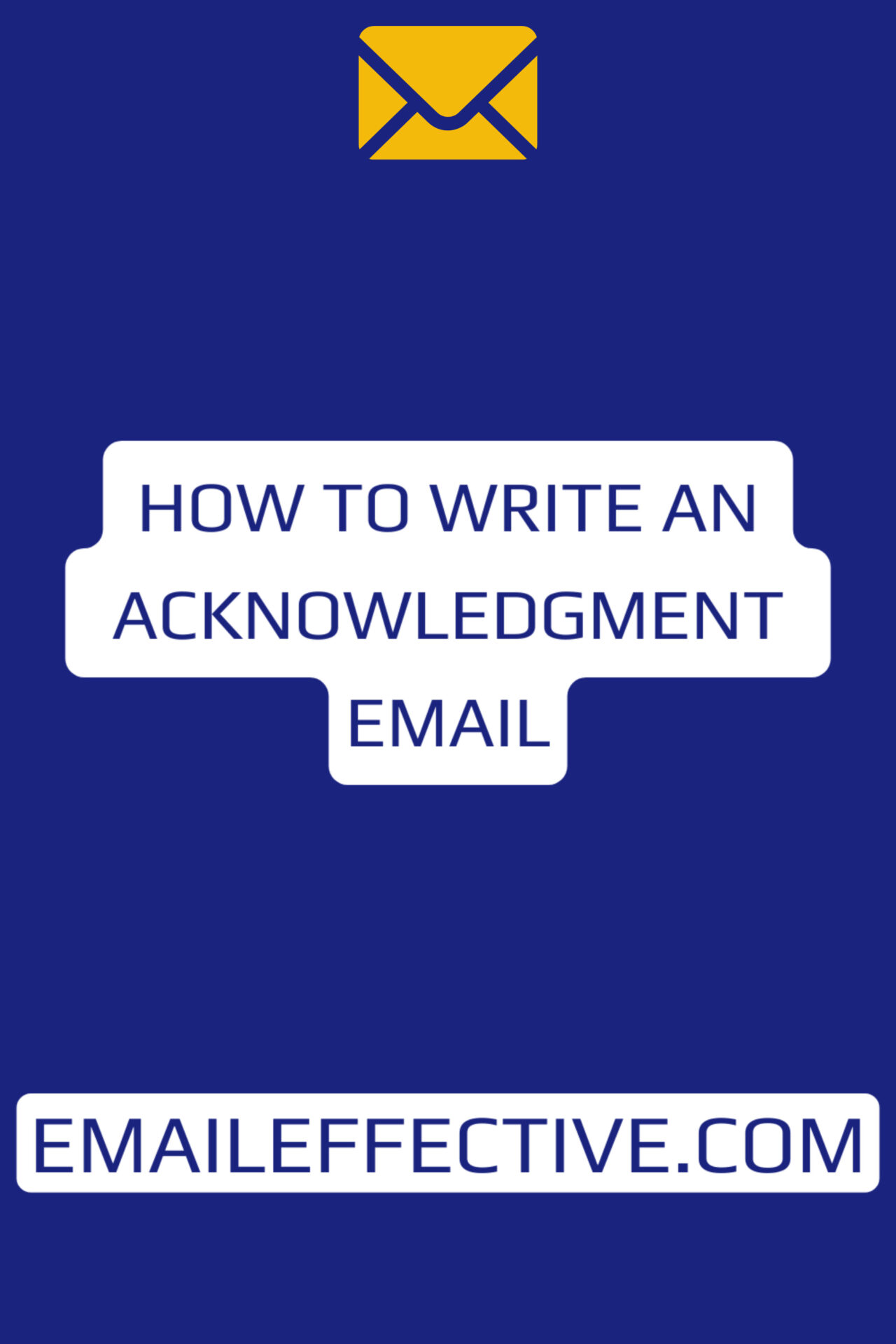Acknowledgment emails are a vital form of communication in today’s business landscape. This article offers a comprehensive guide on how to write an acknowledgment email, ensuring you maintain a professional image.
To write an acknowledgment email, begin with an appropriate salutation, follow with a clear acknowledgment statement, include any supplementary information if required, and conclude with a polite closing statement.
Table of Contents
What To Do Before Writing the Email
Before drafting your email, consider these necessary steps:
- Understand the context: Determine why you’re sending an acknowledgment. Is it for a document, an invitation, or a job offer?
- Gather relevant information: This might include names, dates, and specific details about the subject.
- Plan your response: Outline what you intend to say to avoid confusion or miscommunication.
What to Include In the Email
An acknowledgment email should consist of the following elements:
- Appropriate salutation: This sets the tone for your email.
- Acknowledgment statement: Explicitly state what you’re acknowledging.
- Supplementary information: If necessary, provide additional details or clarification.
- Closing statement: Conclude the email in a professional and courteous manner.
Email Template
Here’s a simple template for your use:
Subject: Acknowledgment of Receipt - [Subject] Dear [Recipient's Name], I am writing to confirm receipt of [the specific item/document/information]. [Include any additional information or clarification here.] Thank you for your prompt attention to this matter. Best Regards, [Your Name]
Conclusion
Writing an acknowledgment email doesn’t have to be complicated. By understanding the context, collecting all necessary information, and adhering to the structure provided in this article, you can compose an acknowledgment email that is both professional and effective. Remember, clarity, conciseness, and courtesy are key.
